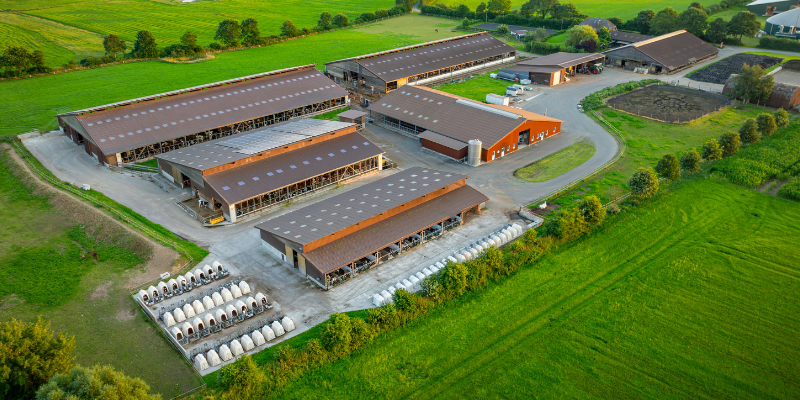Modernizing farm safety: 5 tips for new producers to build a safer workplace

When a new producer takes over a farm, a natural first step is to evaluate the current operation and then look for ways to improve it. Health and safety must be included in this process. “When you take on an existing operation, it is the perfect time to explore new practices and technological advancements that will improve safety for you and your workers,” says Ryan Dick, Health and Safety Consultant with Workplace Safety & Prevention Services (WSPS). “You cannot simply continue to do things as they were done in the past. In the same way you look for ways to improve the farm’s productivity, you also need to look for ways to improve the safety of the work environment and ensure it meets current standards.”
Ryan points out two important factors that require today’s farm owners and operators to approach health and safety differently than past generations did. The first is legislation. “Farms are businesses and are subject to many of the same health and safety responsibilities as other employers, which means they must be able to demonstrate due diligence,” says Ryan. He is referring to the fact that Ontario farms with employees must follow the Occupational Health and Safety Act and related regulations. “If they don’t, they could end up paying significant fines or face criminal negligence charges. It would be very difficult for most farms to recover from something like that,” he says.
The availability of the labour pool is the second factor driving new producers to prioritize their health and safety policies. “We have been experiencing a shortage of skilled farm workers for a while now, so the people being hired to help often do not have much farming experience,” says Ryan. “This makes it even more critical for farm operators to have proper training and orientation programs in place, along with documented safe work procedures, to teach and protect these workers.”
Managing your health and safety program
“There are several apps and programs designed to help employers manage health and safety, especially in agriculture. If you are not already using one, consider choosing the system that fits best with your operation,” Ryan recommends. He also offers these five tips to implement an effective health and safety program on your farm.
1. Complete a hazard assessment seasonally. Hazard assessments are the foundation of a good health and safety program. They form the basis of your safe work procedures and training. Break down the tasks for each season and identify the hazards farm workers will encounter. Then, outline how you will reduce risks and protect workers from those hazards. “Things can change drastically from season to season on a farm, so you need to go through this process at least seasonally to ensure your procedures are aligned with the actual work being done,” says Ryan.
2. Incorporate technology where you can. From robotic milking systems to sensors on GPS-enabled farm equipment and working alone apps, there are many technological advancements that make the work environment safer for farmers. Explore the options and invest in infrastructure that will protect you and your workers.
3. Engage workers in health and safety training. Explain why something must be done a certain way so workers understand how they could be harmed. Ask for their insights on the safest way to complete a task since they are the ones doing it. Be clear about the short- and long-term health consequences of not following established safety procedures or wearing personal protective equipment (e.g., respirators), so they understand what is at stake.
4. Where possible, use job shadowing. “Job shadowing for a period of time is an effective way to pass on knowledge, lead by example, and then observe workers doing the job,” says Ryan. It helps employers validate that workers have understood what they have learned.
5. Monitor and evaluate regularly. As conditions change, your procedures must change as well. Assess risks on an ongoing basis and adjust how work is being done. Document this process to demonstrate due diligence and confirm that you are meeting your legislative requirements.
Free resources to help
You do not have to do it alone. There are many tools and resources available to help you get started and stay on track. Here are a few to check out.
- Farm Safety Roundup podcast. Explore topics with agriculture health and safety experts to keep you, your family, and your workers safe.
- Agriculture Webinars - Safety Connections. These sessions address the hazards and risks specific to the agriculture sector. Virtual and in-person options are available.
- Health and Safety Handbook Generator. This tool will produce an employee health and safety handbook specific to the hazards on your farm in minutes. You enter the information, and the tool does the rest. The result is a document you can use as the basis for training and procedures.
- Health and Safety Excellence Program. This program from the Workplace Safety and Insurance Board provides a venue to work with and learn from other farmers in your area, with a financial incentive to improve health and safety.
The information in this article is accurate as of its publication date.




